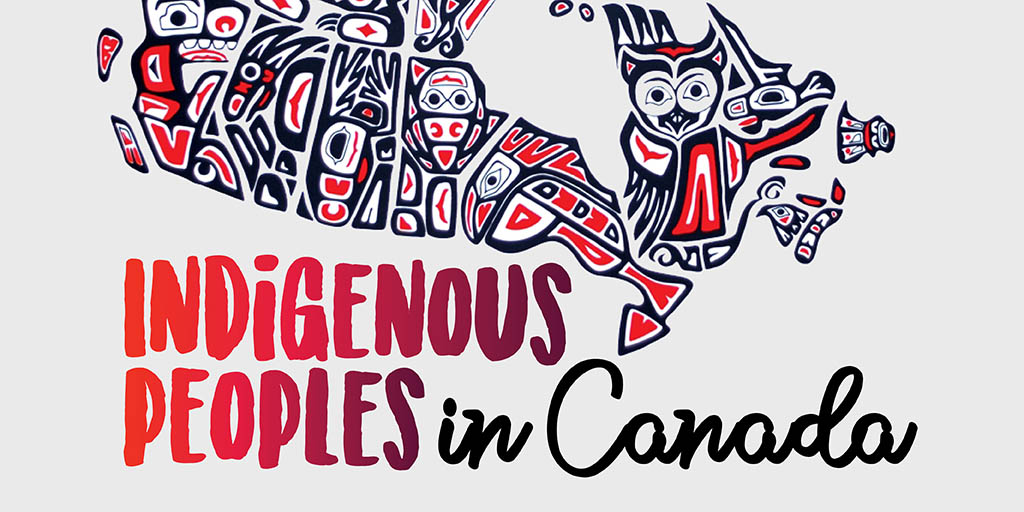Introduction
The Truth and Reconciliation Commission (TRC) of Canada was created as a significant response to the grave and lasting effects of the Indigenous Residential Schools on Indigenous populations. It carried a mandate to recognize and address the cultural genocide waged against these communities and to forge a path towards healing and reconciliation. Actively operating from 2008 until 2015, the TRC has been instrumental in Canada’s journey to confront historical injustices while nurturing an inclusive social fabric. The formation of this commission also marked a fundamental acknowledgment of the atrocities inflicted upon Indigenous peoples while pledging commitment towards a more equitable future.
Purpose
The Truth and Reconciliation Commission in Canada entails a dual mission: to act as a conduit for survivors to recount their stories and to catalyze reconciliation between Indigenous and non-Indigenous populations. By offering an empathetic platform for survivors to narrate their truths, the TRC endeavored to validate their experiences, acknowledge their suffering, and celebrate their enduring spirit. Concurrently, it held the mission to inform Canadians on the truth about the residential school system and its detrimental legacy. Committed to fostering awareness, promoting discourse, and supporting healing initiatives, the TRC aspired to cultivate broader understanding, empathy, and a collective commitment to reconciliation amongst all Canadians.
Establishment of the Commission
The Truth and Reconciliation Commission (TRC) of Canada was instituted with an aim to resolve the historical issues linked to the abuse and mistreatment of indigenous populations. The primary purpose was to offer a platform for the survivors to articulate their experiences and to enlighten citizens on lesser-known, darker aspects of Canada’s past. The commission’s endeavors were geared towards fostering healing, fostering reconciliation, and seeking accountability for the historical damages afflicted upon indigenous communities.
Creation and Mandate
The inception of the Truth and Reconciliation Commission is rooted in the Indian Residential Schools Settlement Agreement, formalized in the year 2007. This legal settlement acknowledged the obligations to address the far-reaching effects of residential schools on Indigenous individuals and their communities. The commission was tasked with various responsibilities, such as collating narratives from survivors, preserving a historical record of the residential schools, and proposing strategies for rectifying historical injustices. Established as an autonomous organization, the commission ensured a supportive and secure space for survivors to recount their experiences.
Commissioners
The work of the Truth and Reconciliation Commission was steered by three distinguished commissioners. The chairperson of the Commission was Justice Murray Sinclair, a revered Indigenous leader and judicial authority. Accompanying him were two other commissioners, Marie Wilson and Chief Wilton Littlechild, each contributed valuable insights and unique expertise. The commissioners’ collective obligations encompassed controlling the commission’s functions, conducting hearings and forums, providing empathetic listeners to survivors’ testaments and proactively engaging with interested parties to meet the defined objectives of the commission.
Timeline
The Truth and Reconciliation Commission’s operation spanned half a dozen years, stretching from 2008 to 2014. Throughout this period, the commission conducted a series of hearings in various geographical regions within Canada, aiming to compile testimonies from those surviving the Indian Residential School system. The hearings offered survivors, their loved ones and communities a platform to vocalize their painful experiences and calls for justice. Additionally, extensive research and documentation formed a significant part of the commission’s activities, which culminated in the creation of a comprehensive historical record. The concluding report, which included the commission’s findings and recommendations, was made public in 2015.
Reconciliation Efforts
The Truth and Reconciliation Commission (TRC) in Canada invested considerable time and resources towards the reconciliation of Indigenous and non-Indigenous communities. The overarching objective was to address and acknowledge the historical wrongdoings and intergenerational traumas inflicted on Indigenous societies. Reconciliation methods revolved around several key activities such as enlightening and educating people, providing healing and support, and engaging communities. The Commission strived to bridge the gap between Indigenous and non-Indigenous Canadians through heightened understanding, therapeutic healing, and improved fairness.
Education and Awareness
Centrally situated in the reconciliation plan of the TRC was the agenda of education and public awareness. The Commission deemed it necessary to enlighten Canadians about the historical legacy of residential schools and the influenced they exerted on Indigenous communities. Utilizing educational supplies, academic content, and communal awareness campaigns, they aimed at enhancing comprehension and cognizance of the experiences, cultures, and significant contributions of Indigenous societies. Respect, reconciliation, and the eradication of bias and prejudiced viewpoints was the focal point of these pursuits.
Healing and Support
Therapeutic recovery and support interventions formed the cornerstone of the TRC’s reconciliation work in Canada. The Commission acknowledged the deeply ingrained and lingering effects of residential schools on survivors and their generations and capitalized on structured initiatives to attend to the physical, emotional, and spiritual recuperation of those concerned. This included the setting up of therapeutic centers, psychotherapy assistance, and culturally sensitive support groups. These provisions encapsulated a secure and uplifting ambience for healing, aspiring towards the rejuvenation and restoration of Indigenous communities affected by the historical legacy of residential schooling.
Community Engagement
Engaging the community decisively bolstered the reconciliation handiwork orchestrated by Canada’s TRC. The essentiality of including Indigenous communities in dialogue, policy-making, and reconciliation activities was valued by the Commission. Extensive attempts were made to include Indigenous leaders, Elders, and citizens in consultations, workshops, and community gatherings to obtain their feedback and active involvement. Priority was given to community collaboration, intending the reconciliation process to respect and embody the diverse perspectives and unique requirements of Indigenous societies. This reinforced a sense of belonging and empowerment among Indigenous populace.


